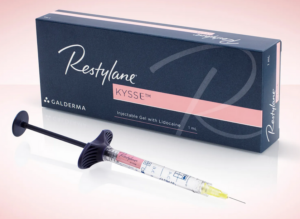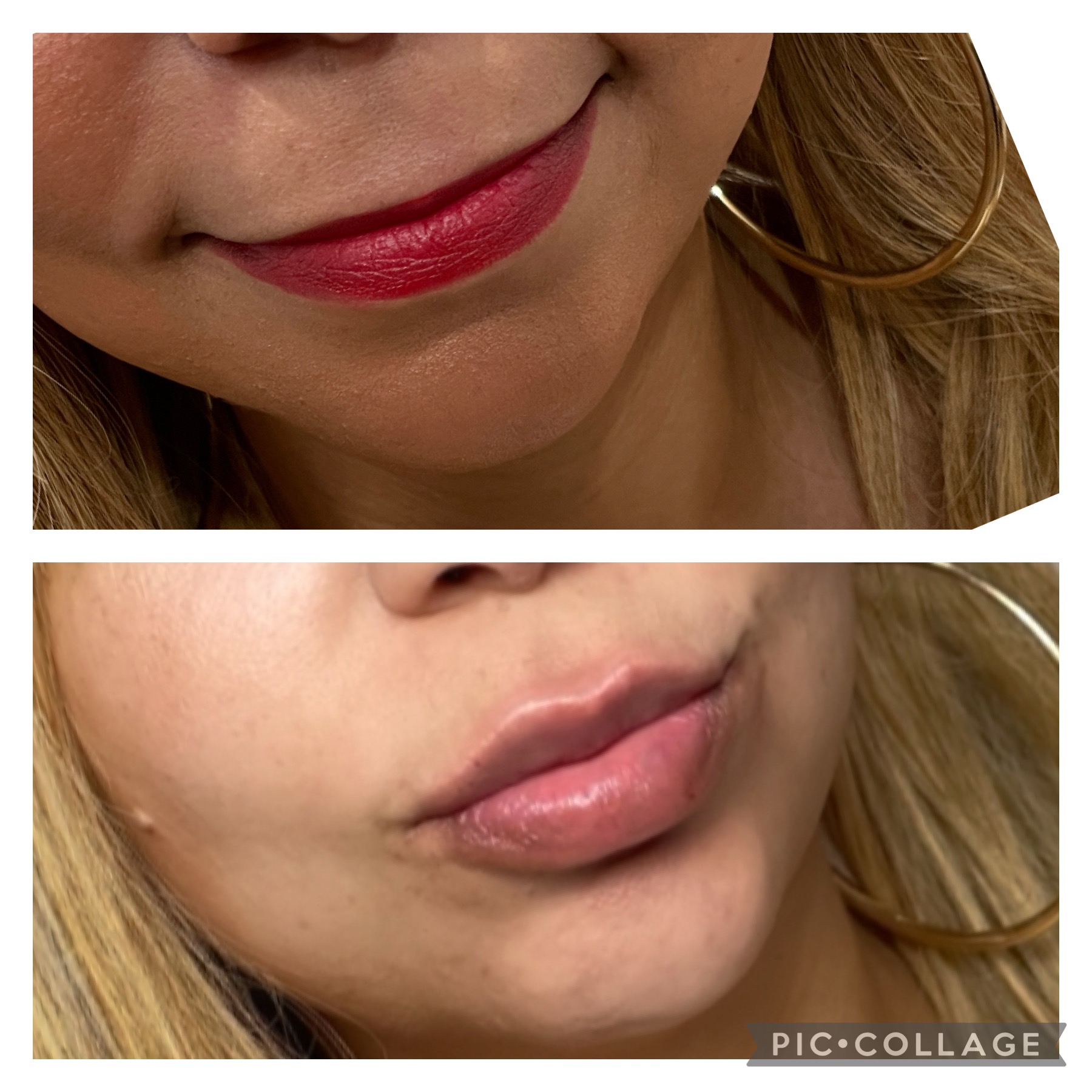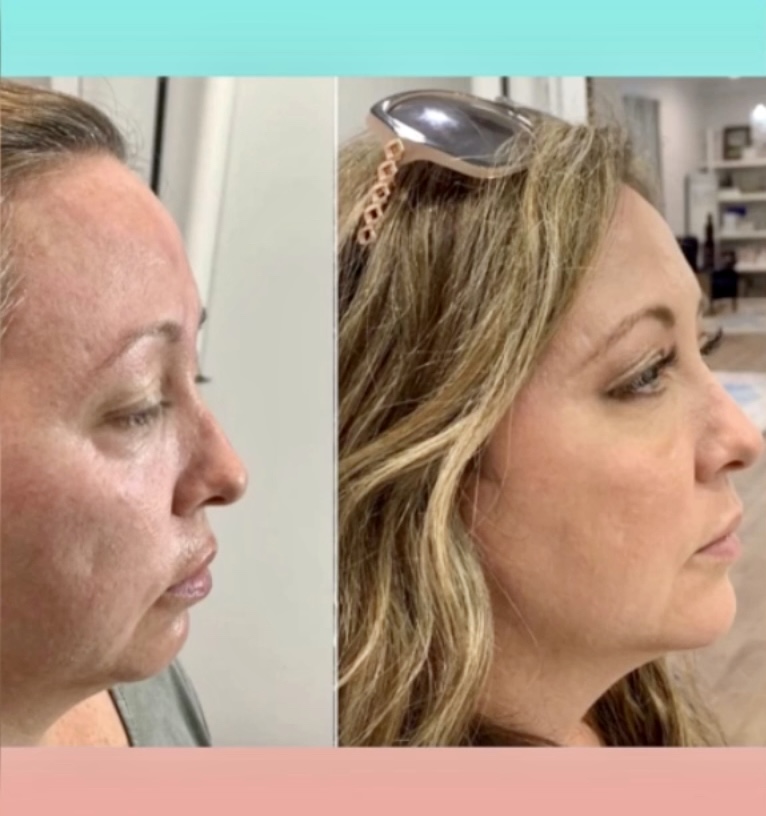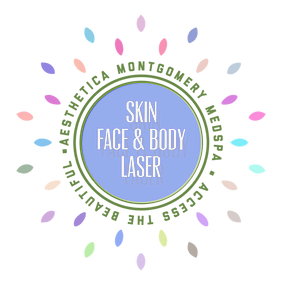Fillers: Restylane, Versa
Looking to renew and fill out thinning lips?
Or that Naso labial fold bothering you?
Chin dimpling and wrinkling?
Jaw line sagging and more jowls showing up with age?
We have solutions for those conditions now, more than before.
What are Dermal Fillers?
Dermal fillers are one of the most widely used treatments when it comes to restoring smoothness and facial volume. When injected, they fill in space and absorb water to create a smoother, fuller appearance in the face or to enhance the contours of the face. The most popular fillers are derived from hyaluronic acid, a water-binding sugar that is already produced in the skin.
Dermal fillers are most commonly used to fill:
- Nasolabial Folds
- Arionette Lines
- The Jawline
- Lips and Chin
- Temples
- Under Eye Area


More recently, fillers have also been used to augment contours of the face, such as creating fuller lips or a more defined jawline.
The most popular fillers are hyaluronic acid based (Juvéderm®, Restylane® and Versa). If undesirable, these hyaluronic acid fillers can be reversed by injecting an enzyme called hyaluronidase, which helps dissolve hyaluronic acid.
More permanent synthetic fillers such as Sculptra® and Radiesse® are long-lasting, but do not leave the option of reversing the effect with an enzyme.

How long does it last?
A single session of an injectable has the potential to last from 6 months to up to five years, depending on which kind of filler is used. The duration is about 6 months if the filler is placed in a region with a lot of movement.
Facial fillers do not increase the sun sensitivity of the sun, making them a great year-round option. Patients should avoid excessive heat exposure, including prolonged sun exposure. until the swelling goes down.
How Is It Done?
A syringe needle injects a gel-like substance into the skin at various depths. A series of injections evenly disperses the filler. The filler substance fills up the area, resulting in improvements such as smoother nasolabial lines or fuller cheekbones.
Fillers have been created using the patient’s own cells with results lasting up to two years.



